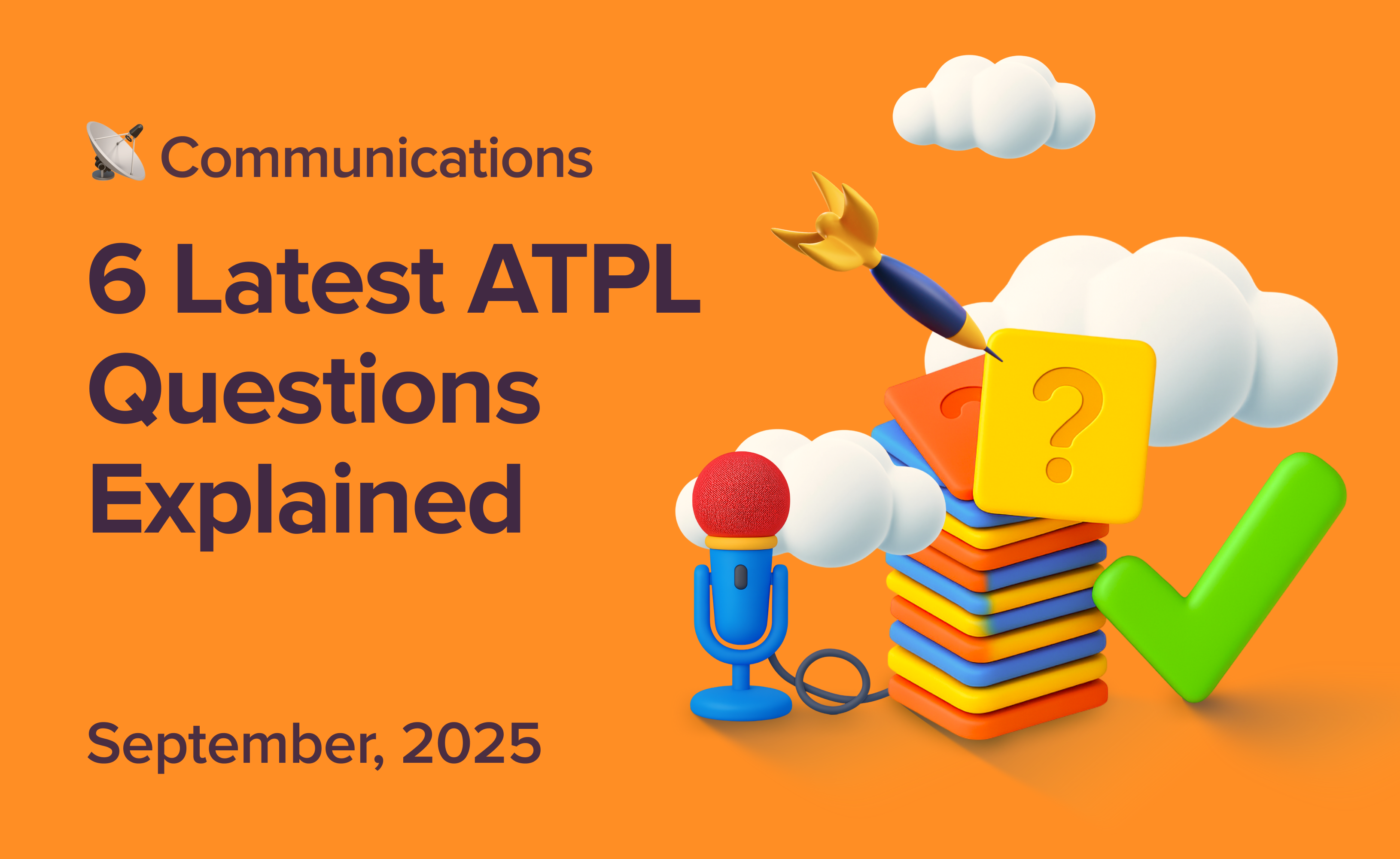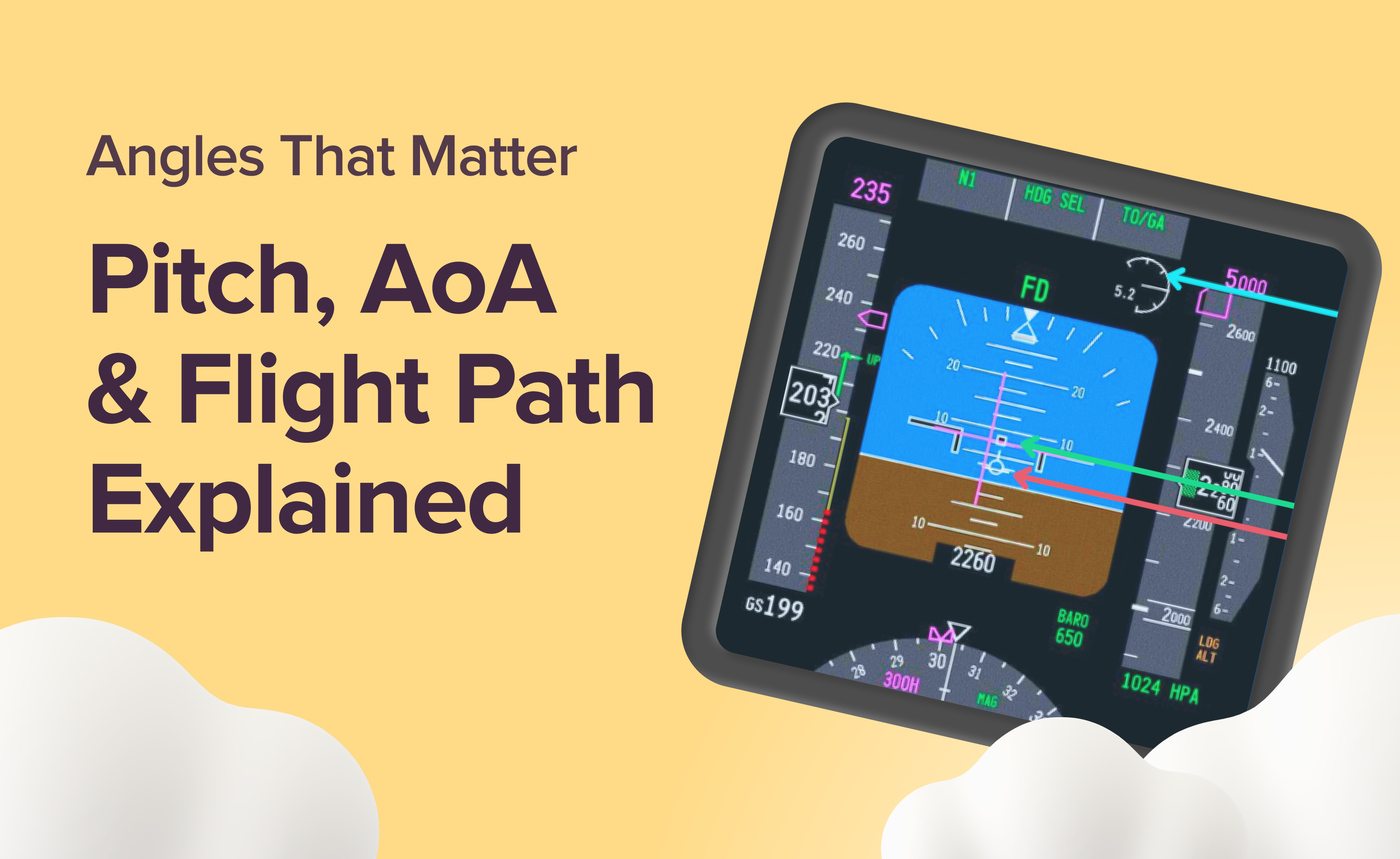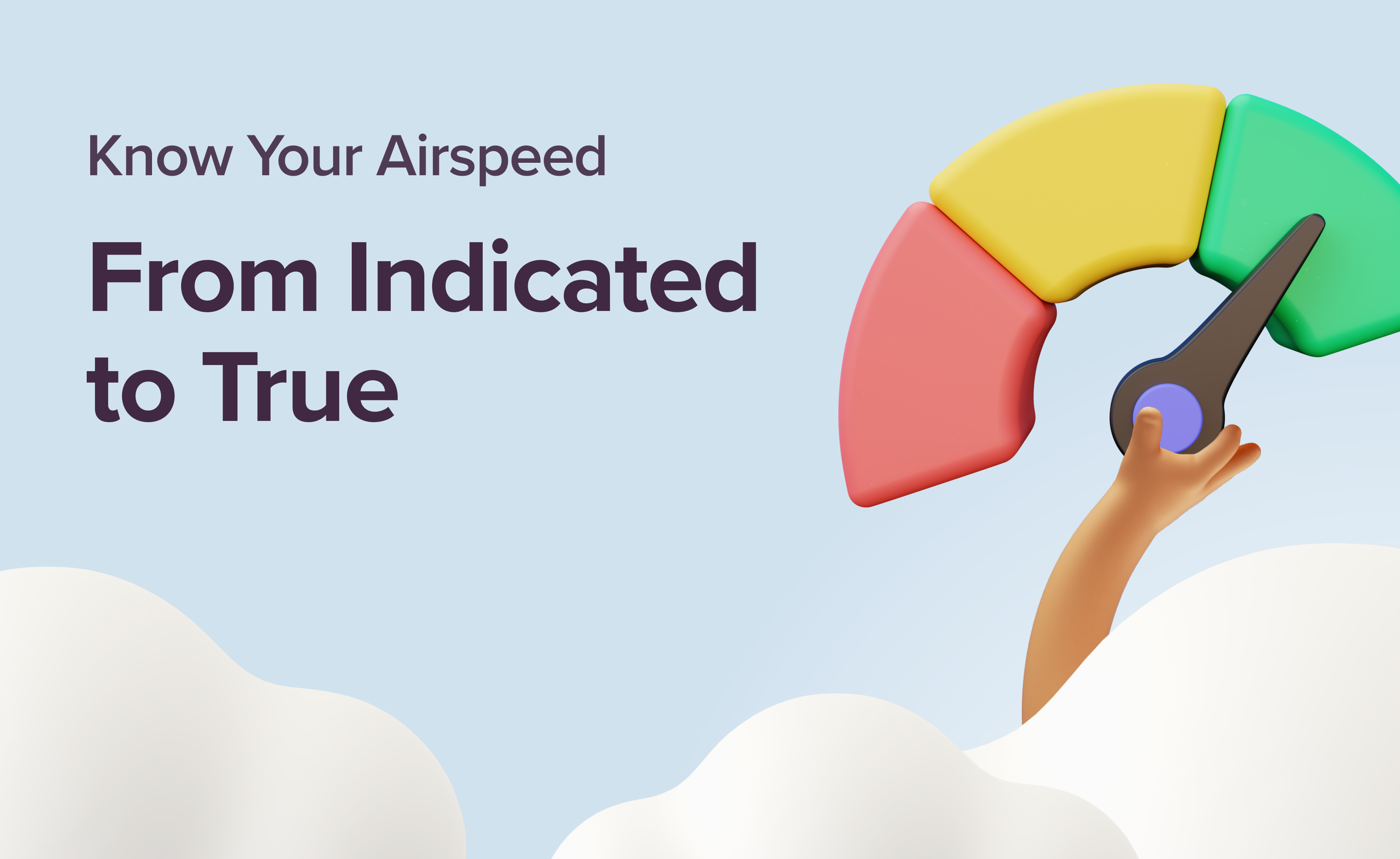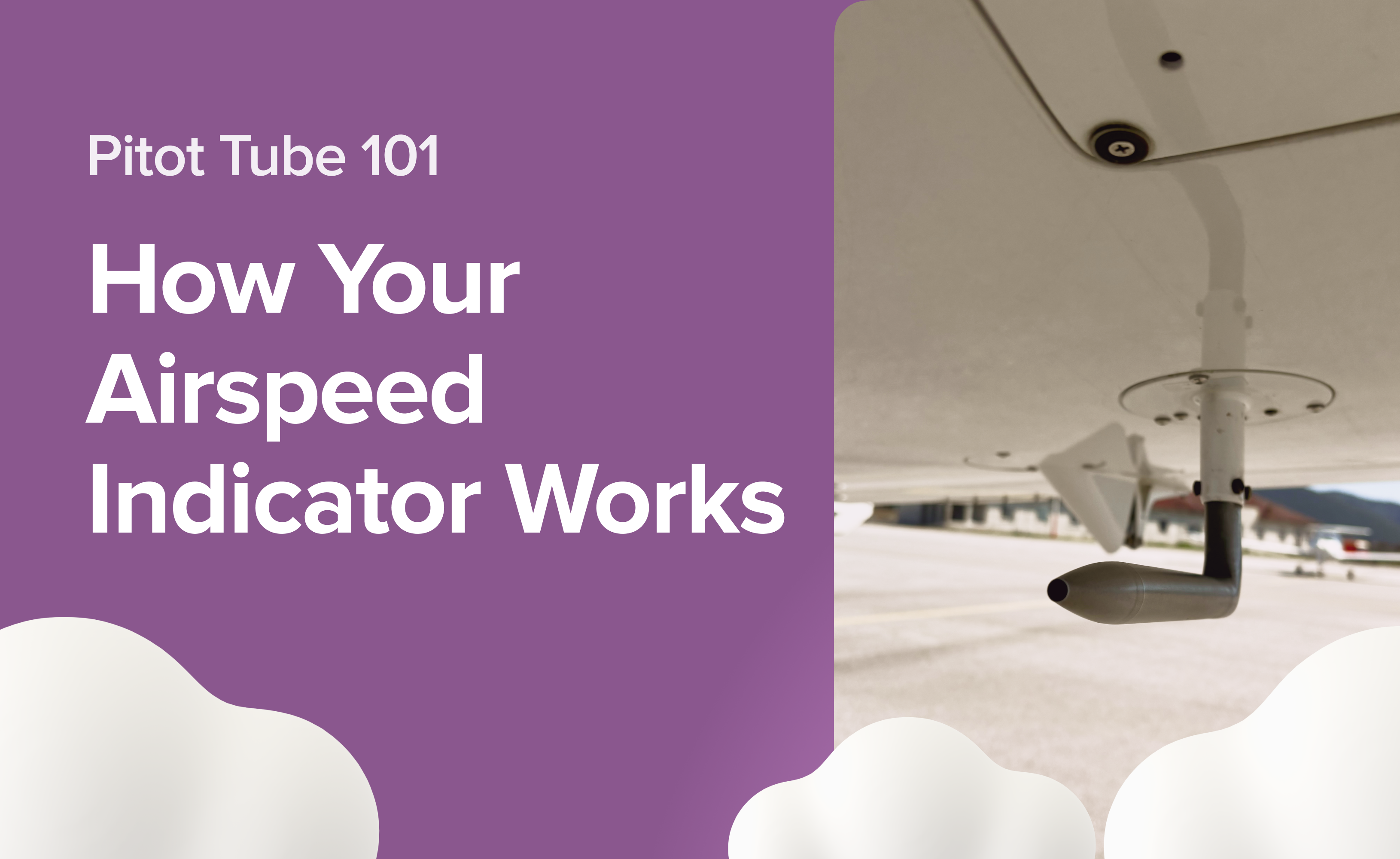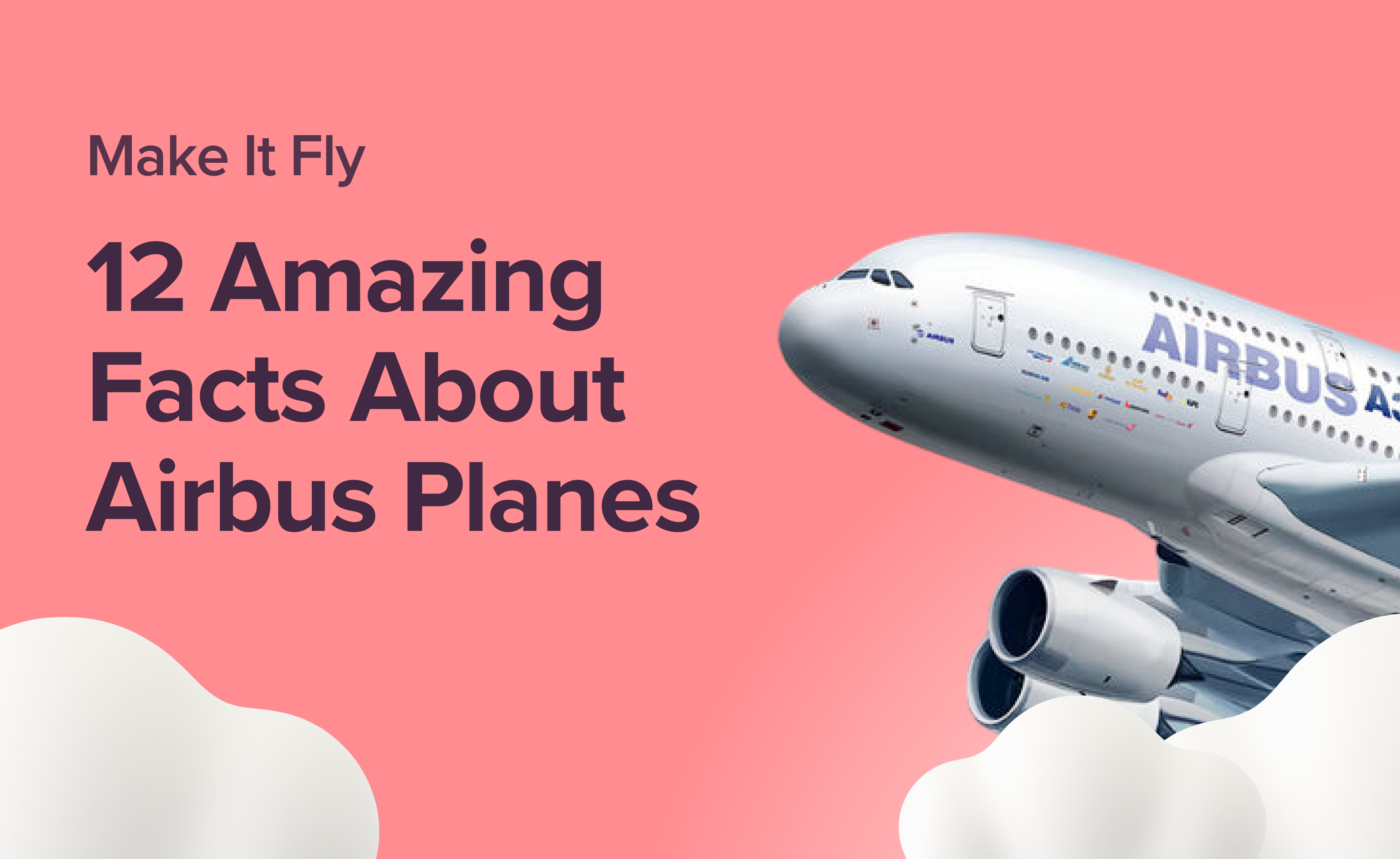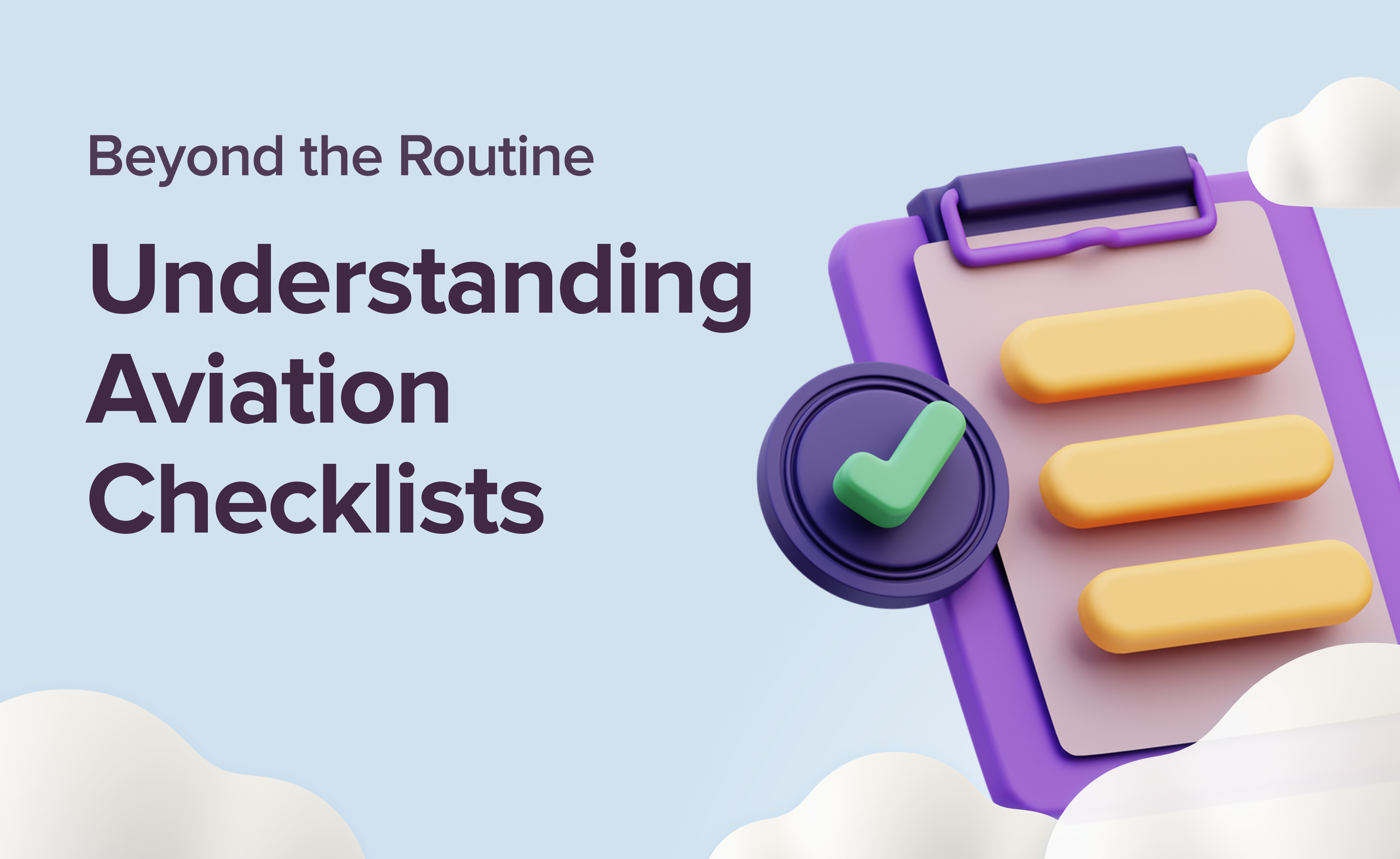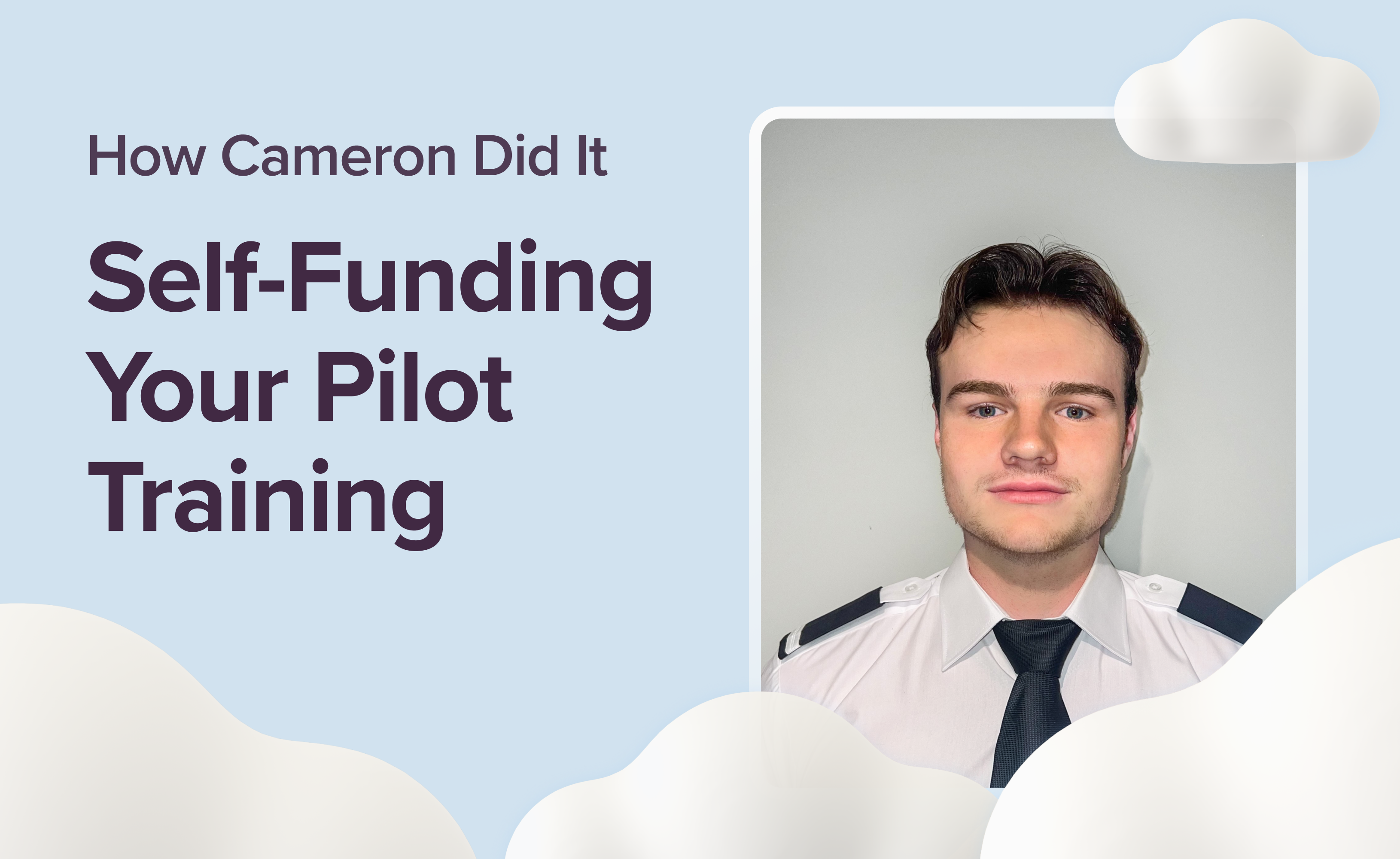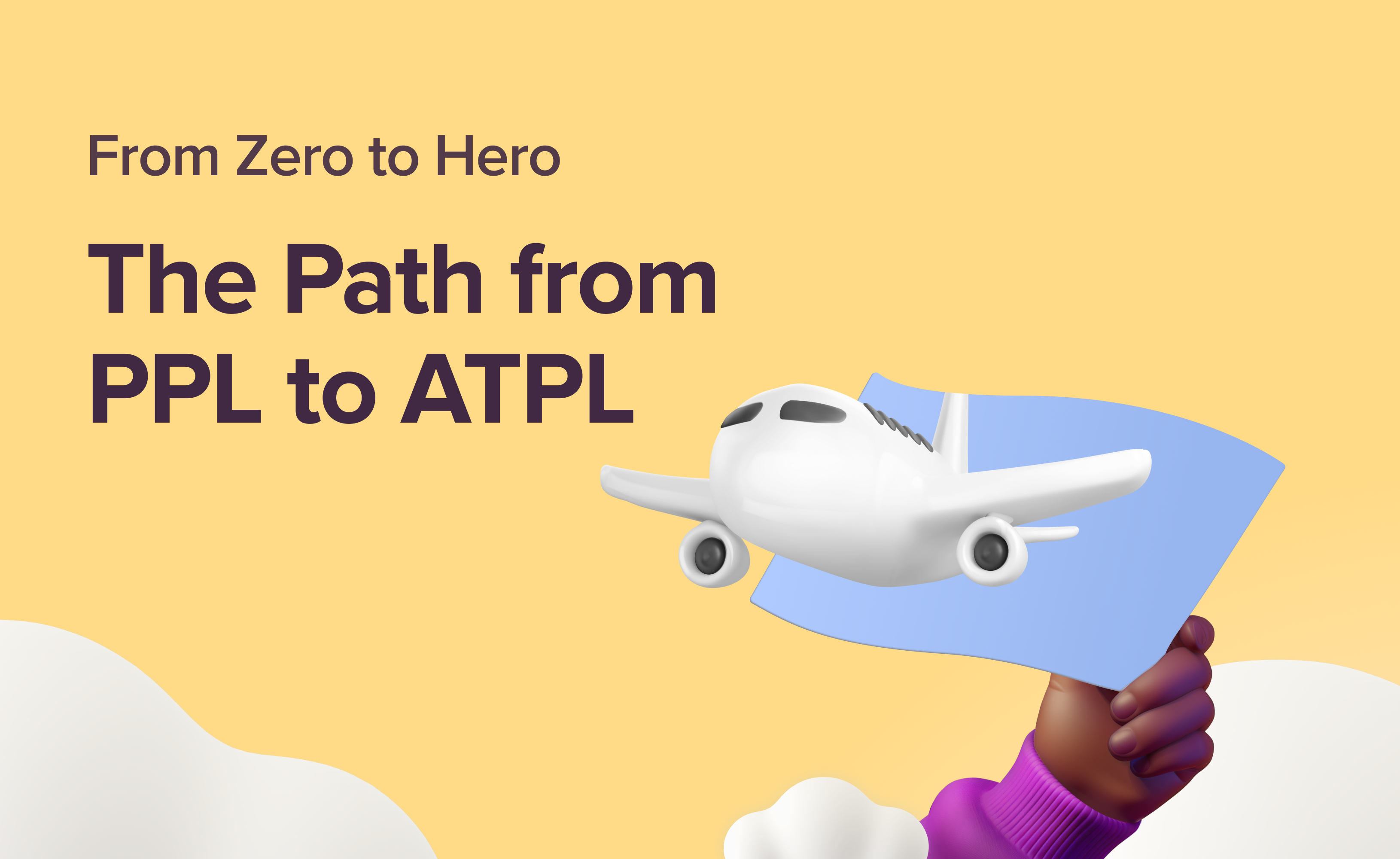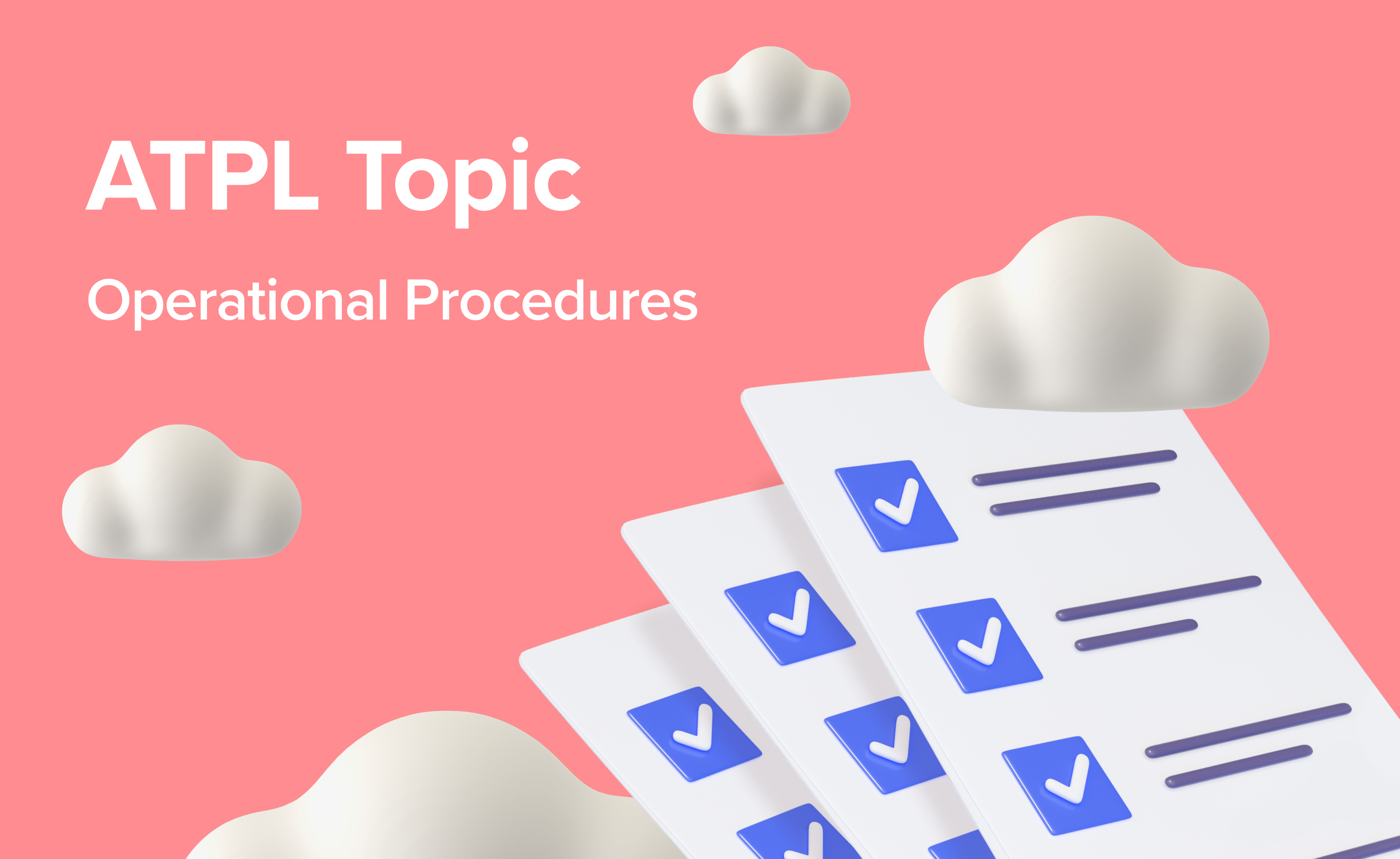A Comprehensive Guide to choosing an ATPL Ground School: 5 aspects to consider

Embarking on a career as a professional pilot requires dedication, knowledge, and rigorous training. For those following the modular route, the modules can be split into two groups: practical flight training and theory training. Although pilots will graduate from flight training within a Commercial Pilots’ Licence (CPL), in Europe it is usual to skip the CPL theory level and sit the Airline Transport Pilot License (ATPL) exams. The ATPL exam passes can be used for the issue of a CPL, and doing the ATPL exams at this stage saves having to do any more theory training when the pilot has enough experience to upgrade to an ATPL, and allows the pilot to use their CPL to fly as a co-pilot on large commercial air transport aircraft. Things are done a little differently in the US, so this article concentrates on Europe and countries following the European Aviation Safety Agency (EASA) model like the UK. It aims to provide you with essential guidelines to make an informed decision when selecting an ATPL ground school.
1. Approval and Reputation
The first factor to consider when choosing an ATPL ground school is its approvals and reputation. Look for schools that are approved by the aviation authority you want to issue your licence. This is not just a mark of training standards and quality; you will not be allowed to sit the exams until you have completed an approved course of training. If you are considering getting licences issued by two authorities, for example the UK CAA and an EASA member state, it is important to sign up with a ground school that has dual approval to avoid having to repeat many months of study!You should also consider the school's reputation within the aviation industry. Research online reviews, ask for recommendations from current or former students, and check if the school has a successful track record. Bear in mind that students usually will have experience of only one ground school, so will not be able to compare it with others. The views of industry professionals such as flying instructors might get around this.
2. Course Structure and Delivery Method
Evaluate the course structure and delivery methods offered by the ATPL ground school. It is usual for the exams to be sat in 2 or more separate sittings, so the training will be divided into 2 or more phases, modules or parts. There are 13 subjects and you have to complete your exams in 6 sittings. Many students find 3 modules of 4-5 subjects each to be a comfortable workload.Moreover, you might want to consider the delivery method of the courses. Some ground schools offer traditional, full-time classroom-based instruction usually over a period of about 6 months, while others provide online or distance learning options that can be studied at your own pace and in your own time. All require a minimum of 10% of the training to be instructor-led classroom instruction. Some ground schools offer a choice of doing this in-person or via video link while others will require you to attend in-person. Choose a format that aligns with your personal circumstances and learning style.
3. Experienced and Qualified Instructors
The expertise and qualifications of the instructors can significantly impact your learning experience. Look for ATPL ground schools with experienced instructors who are specialists in the delivery of aviation theory; some schools will use part-time instructors who, although they are technically qualified, lack the depth of knowledge and experience, and current knowledge of the exams, to be able to be the most effective theory instructors.For classroom-based courses, think about the instructor-to-student ratio as well. Smaller class sizes allow for more personalised attention and interaction with the instructors, enhancing the learning experience. Of course this doesn't apply to fully-distant courses.
4. Training Facilities and Resources
The availability of modern training facilities and resources is vital for effective learning. If you choose a classroom-based course, visit the ATPL ground school if possible to assess their training facilities, such as classrooms and study materials or perhaps ask for a virtual tour.Furthermore, inquire about the availability of study resources such as textbooks, online materials, and practice exams. A well-equipped library or online database can greatly aid in your studies and an inclusive question bank is important when preparing for exams.Some ground schools offer additional/optional online resources such as live webinars and training video libraries. These can really help your understanding of the more difficult topics.Also, consider where you will sit your exams. Some groundschools are also examination centres, which means you may be able to attend a pre-exam revision course then stay at the same venue for your exams.
5. Support and Additional Services
Consider the level of support and additional services provided by the ATPL ground school. Look for schools that offer comprehensive student support, including academic counselling, progress tracking, and mentorship programs. Access to qualified instructors for additional study resources can also be advantageous.
Some ATPL ground schools have established connections with mentoring organisations like the Wings Alliance, which can be valuable for providing community support while studying remotely, planning your training and help in preparing for interviews after completing the training.Choosing the right ATPL ground school is a crucial decision that can shape your future as a commercial pilot. Consider regulatory approvals, reputation, course structure and delivery method, the experience of the instructors, training facilities, and student support when evaluating different options. By considering these factors, you can make an informed decision and ensure that your ATPL ground school provides the necessary knowledge and skills to launch your aviation career successfully.




